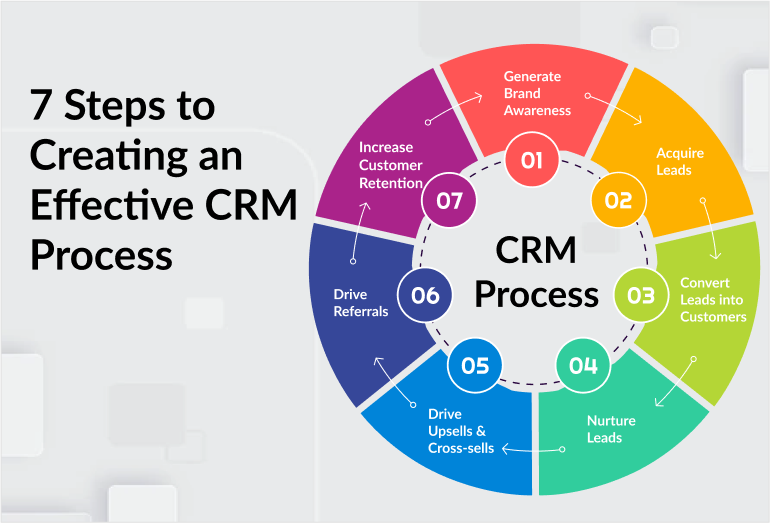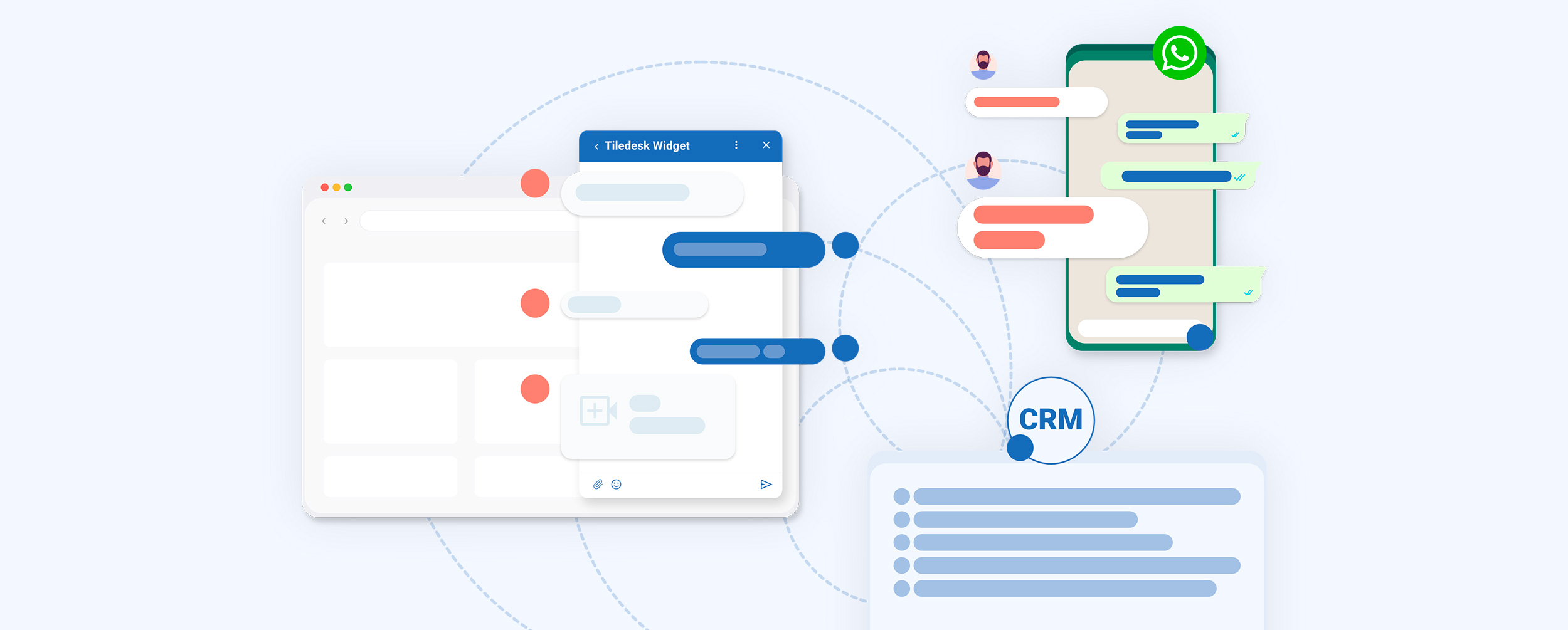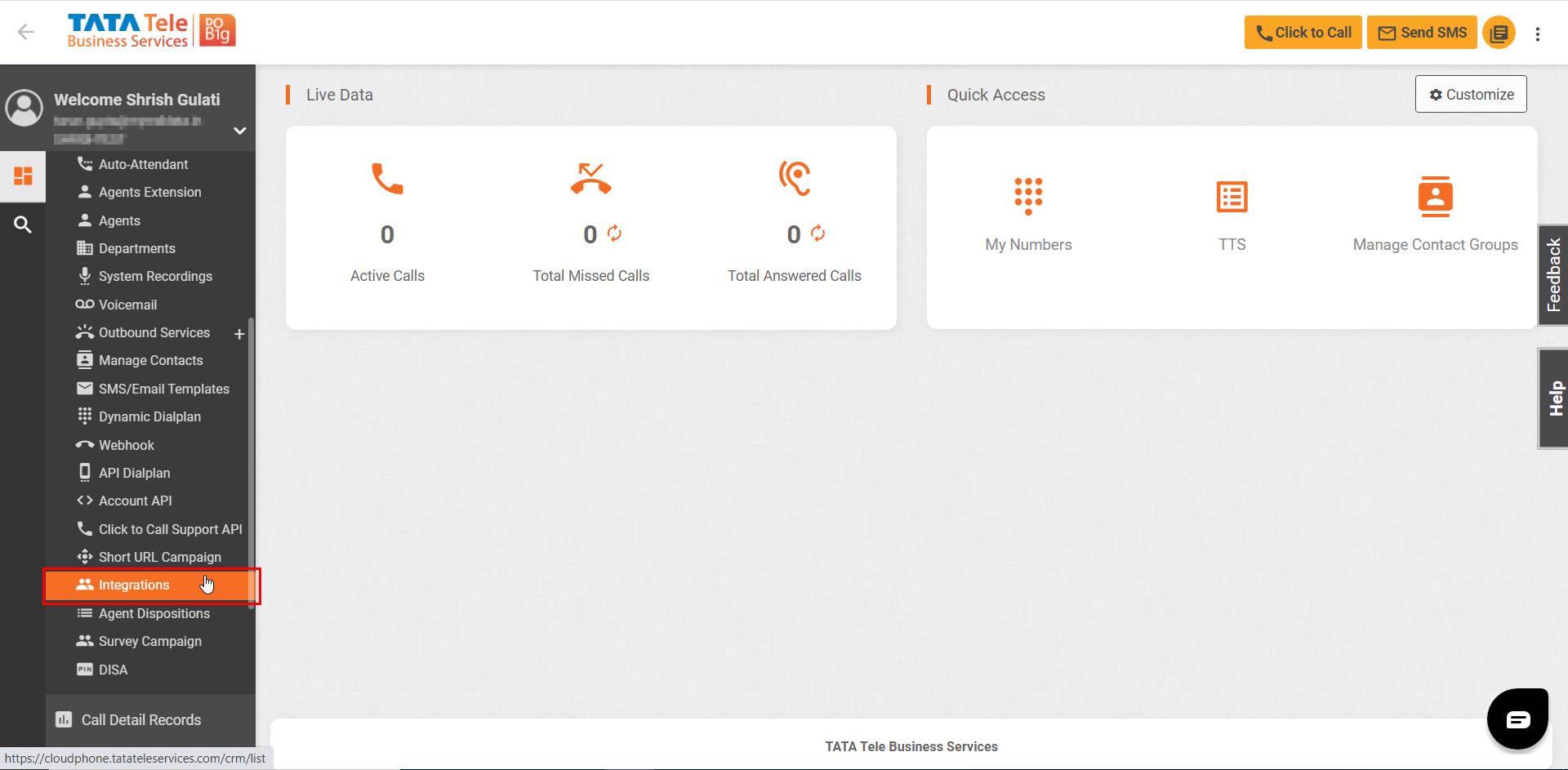
Maximize Your CRM Marketing ROI: Actionable Tips for Success
In today’s fiercely competitive business landscape, understanding and optimizing your Customer Relationship Management (CRM) marketing ROI is not just a good practice; it’s a necessity. A well-implemented CRM strategy can revolutionize how you interact with customers, personalize experiences, and ultimately, drive revenue. But simply having a CRM system in place isn’t enough. The real magic happens when you actively work to maximize the return on your investment (ROI) in CRM marketing. This comprehensive guide will delve into the intricacies of CRM marketing ROI, providing actionable tips, strategies, and real-world examples to help you achieve remarkable results.
Understanding CRM Marketing ROI: The Foundation of Success
Before we dive into the ‘how,’ let’s clarify the ‘what.’ CRM marketing ROI, in its simplest form, is the financial return you get on your investment in CRM marketing activities. This includes the cost of your CRM software, implementation, training, and ongoing maintenance, as well as the resources you dedicate to marketing campaigns within the CRM. The goal is to ensure that the revenue generated through these activities surpasses the expenses, thereby creating a positive ROI.
Key Metrics to Measure CRM Marketing ROI
Tracking the right metrics is crucial for accurately measuring your CRM marketing ROI. Here are some of the most important ones:
- Customer Acquisition Cost (CAC): This is the total cost of acquiring a new customer. It includes marketing expenses, sales team salaries, and any other costs associated with bringing a customer on board.
- Customer Lifetime Value (CLTV): CLTV represents the predicted revenue a customer will generate throughout their relationship with your business. A higher CLTV indicates a more valuable customer base.
- Conversion Rates: Monitor conversion rates at each stage of your marketing funnel, from initial awareness to final purchase. This helps identify areas where you can improve your strategies.
- Sales Revenue: Track the total revenue generated directly from CRM-driven marketing campaigns.
- Customer Retention Rate: A high retention rate signals that your CRM efforts are effectively keeping customers engaged and loyal.
- Churn Rate: The opposite of retention rate, churn rate indicates the percentage of customers who stop doing business with you.
- Return on Ad Spend (ROAS): If you’re using paid advertising within your CRM, ROAS measures the revenue generated for every dollar spent on ads.
By regularly monitoring these metrics, you can gain valuable insights into the performance of your CRM marketing efforts and make data-driven decisions to improve your ROI.
Actionable Tips to Boost Your CRM Marketing ROI
Now, let’s get down to the practical aspects. Here are some proven strategies to help you maximize your CRM marketing ROI:
1. Choose the Right CRM Software
The foundation of any successful CRM marketing strategy is the right CRM software. Selecting a CRM that aligns with your business needs and goals is paramount. Consider the following factors when making your choice:
- Scalability: Can the CRM handle your current and future growth?
- Integration: Does it integrate seamlessly with your existing marketing tools, such as email marketing platforms, social media channels, and e-commerce platforms?
- Ease of Use: Is the interface intuitive and user-friendly for your team?
- Features: Does it offer the features you need, such as lead scoring, segmentation, automation, and reporting?
- Cost: Is the pricing model sustainable and aligned with your budget?
Research different CRM providers, compare their features, and read reviews from other users to make an informed decision. Consider a free trial to test the software before committing to a paid plan.
2. Implement a Robust Data Strategy
Data is the lifeblood of any CRM system. A well-defined data strategy is crucial for maximizing your CRM marketing ROI. This includes:
- Data Collection: Implement strategies to collect accurate and complete customer data. This includes capturing information from various sources, such as website forms, surveys, social media interactions, and purchase history.
- Data Segmentation: Divide your customer base into segments based on demographics, behavior, purchase history, and other relevant criteria. This allows you to personalize your marketing messages and target specific groups with tailored content.
- Data Cleansing: Regularly clean and update your data to ensure accuracy. Remove duplicate entries, correct errors, and fill in missing information.
- Data Security: Implement robust security measures to protect your customer data and comply with data privacy regulations, such as GDPR and CCPA.
A clean, organized, and well-segmented database is essential for effective CRM marketing.
3. Personalize Your Marketing Campaigns
Personalization is no longer a luxury; it’s an expectation. Customers expect brands to understand their needs and preferences and to deliver relevant, personalized experiences. Leverage your CRM data to personalize your marketing campaigns in the following ways:
- Personalized Emails: Use customer data to personalize email subject lines, content, and offers. Address customers by name, recommend products based on their purchase history, and send targeted promotions.
- Website Personalization: Customize website content based on customer behavior and preferences. Display relevant products, offer personalized recommendations, and tailor the user experience.
- Targeted Advertising: Use CRM data to create targeted advertising campaigns on platforms like Google Ads and social media. Target specific customer segments with ads that are relevant to their interests and needs.
- Personalized Customer Service: Provide personalized customer service by using CRM data to understand a customer’s history, preferences, and previous interactions with your business.
Personalized marketing campaigns are significantly more effective than generic, one-size-fits-all approaches.
4. Automate Your Marketing Processes
Marketing automation is a game-changer for boosting your CRM marketing ROI. By automating repetitive tasks, you can free up your team’s time to focus on more strategic initiatives. Here are some examples of marketing automation:
- Email Marketing Automation: Automate email sequences for lead nurturing, welcome emails, abandoned cart emails, and post-purchase follow-up emails.
- Social Media Automation: Schedule social media posts, automate responses to customer inquiries, and track social media engagement.
- Lead Scoring: Automate the process of scoring leads based on their behavior and interactions with your business.
- Workflow Automation: Automate complex workflows, such as sales processes, customer onboarding, and customer support.
Automation not only saves time and resources but also improves efficiency and consistency in your marketing efforts.
5. Focus on Lead Nurturing
Lead nurturing is the process of building relationships with potential customers throughout the sales funnel. It involves providing valuable content and information to educate and engage leads, ultimately guiding them toward a purchase. Here’s how to effectively nurture leads within your CRM:
- Segment Your Leads: Divide your leads into segments based on their behavior, interests, and stage in the sales funnel.
- Create Targeted Content: Develop content that addresses the specific needs and pain points of each lead segment. This includes blog posts, ebooks, webinars, and other valuable resources.
- Implement Email Nurturing Campaigns: Create automated email sequences that deliver relevant content to leads at each stage of the sales funnel.
- Track Lead Engagement: Monitor lead engagement metrics, such as email open rates, click-through rates, and website visits, to assess the effectiveness of your lead nurturing efforts.
Effective lead nurturing can significantly increase your conversion rates and improve your CRM marketing ROI.
6. Optimize Your Sales Process
Your sales process is a critical component of your CRM marketing ROI. By streamlining your sales process and equipping your sales team with the right tools, you can improve efficiency and close more deals. Here’s how:
- Implement a Sales Pipeline: Create a clear sales pipeline that outlines the stages of the sales process, from lead generation to closing the deal.
- Provide Sales Training: Train your sales team on how to effectively use the CRM, qualify leads, and close deals.
- Track Sales Performance: Monitor sales performance metrics, such as sales revenue, deal close rates, and sales cycle length.
- Use Sales Automation Tools: Automate repetitive sales tasks, such as email follow-ups and appointment scheduling.
A well-optimized sales process leads to higher conversion rates and increased revenue.
7. Leverage Customer Feedback
Customer feedback is a goldmine of information. It provides valuable insights into customer satisfaction, areas for improvement, and opportunities to enhance your products and services. Here’s how to leverage customer feedback within your CRM:
- Collect Customer Feedback: Use surveys, feedback forms, and social media monitoring to collect customer feedback.
- Analyze Customer Feedback: Analyze customer feedback to identify trends, patterns, and areas where you can improve.
- Implement Changes Based on Feedback: Use customer feedback to make improvements to your products, services, and customer experience.
- Follow Up with Customers: Follow up with customers who provide feedback to show that you value their opinions.
Actively listening to and acting on customer feedback can significantly improve customer satisfaction and loyalty.
8. Integrate with Other Marketing Tools
To maximize your CRM marketing ROI, it’s essential to integrate your CRM with other marketing tools. This allows you to share data between systems, automate processes, and gain a more holistic view of your customers. Here are some key integrations:
- Email Marketing Platforms: Integrate your CRM with your email marketing platform to automate email campaigns, segment your audience, and track email performance.
- Social Media Management Tools: Integrate your CRM with your social media management tools to track social media engagement, manage social media campaigns, and respond to customer inquiries.
- Website Analytics Tools: Integrate your CRM with your website analytics tools to track website behavior, identify customer preferences, and personalize the user experience.
- E-commerce Platforms: Integrate your CRM with your e-commerce platform to track purchase history, manage customer orders, and personalize product recommendations.
These integrations provide a unified view of your customers, allowing you to deliver more personalized and effective marketing campaigns.
9. Continuously Analyze and Optimize
CRM marketing is not a set-it-and-forget-it endeavor. It requires continuous analysis and optimization to ensure that you’re achieving the best possible ROI. Here’s how to continuously analyze and optimize your CRM marketing efforts:
- Track Key Metrics: Regularly monitor your key metrics, such as CAC, CLTV, conversion rates, and sales revenue.
- Analyze Data: Analyze your data to identify trends, patterns, and areas where you can improve your strategies.
- Test and Experiment: Conduct A/B tests to compare different marketing strategies and identify the most effective approaches.
- Refine Your Strategies: Based on your analysis and testing, refine your marketing strategies to improve your ROI.
Continuous analysis and optimization are essential for staying ahead of the competition and maximizing your CRM marketing ROI.
Real-World Examples of CRM Marketing ROI Success
To further illustrate the power of CRM marketing, let’s look at some real-world examples:
- Example 1: E-commerce Company: An e-commerce company implemented a CRM system to personalize email campaigns. They used customer purchase history and browsing behavior to recommend relevant products and offer targeted promotions. This resulted in a 20% increase in sales revenue and a significant improvement in customer retention.
- Example 2: SaaS Company: A SaaS company used a CRM system to automate lead nurturing campaigns. They created automated email sequences to educate leads about their product and guide them through the sales funnel. This resulted in a 15% increase in conversion rates and a shorter sales cycle.
- Example 3: Retail Chain: A retail chain implemented a CRM system to track customer loyalty and reward repeat customers. They used the CRM to send personalized offers and exclusive promotions to loyal customers. This resulted in a 10% increase in customer loyalty and a significant boost in revenue.
These examples demonstrate the tangible benefits of a well-implemented CRM marketing strategy.
Overcoming Common Challenges in CRM Marketing
While CRM marketing offers immense potential, it’s important to be aware of the common challenges you might encounter and how to overcome them:
- Poor Data Quality: Inaccurate or incomplete data can hinder your marketing efforts. Invest in data cleansing and data quality management to ensure accurate and reliable data.
- Lack of User Adoption: If your team doesn’t fully embrace the CRM system, it won’t be effective. Provide adequate training, demonstrate the benefits of using the CRM, and encourage user adoption.
- Integration Issues: Integrating your CRM with other tools can be complex. Plan your integrations carefully and ensure that you have the necessary technical expertise.
- Lack of Personalization: Failing to personalize your marketing messages can lead to low engagement and poor results. Leverage your CRM data to personalize your campaigns and deliver relevant content.
- Measuring ROI: Accurately measuring your CRM marketing ROI can be challenging. Track the right metrics, use attribution models, and regularly analyze your data to assess your performance.
By addressing these challenges proactively, you can increase your chances of CRM marketing success.
Conclusion: Investing in CRM for Long-Term Success
In conclusion, maximizing your CRM marketing ROI requires a strategic approach, a commitment to data-driven decision-making, and a focus on delivering personalized customer experiences. By implementing the tips and strategies outlined in this guide, you can transform your CRM into a powerful engine for revenue generation, customer loyalty, and long-term business success. Remember that CRM marketing is an ongoing process. Continuously analyze your results, refine your strategies, and adapt to the ever-changing needs of your customers. Investing in your CRM is an investment in your future.

